Norway’s coastline stretches for thousands of miles, creating countless sheltered harbors where fishing communities have thrived for centuries. These ports aren’t just places where boats dock — they’re living museums of maritime heritage, where wooden houses cling to rocky shores and the rhythm of daily life still follows the tides.
From the dramatic fjords of the west to the midnight sun territory of the north, each harbor tells its own story of survival, tradition, and the eternal dance between humans and the sea. The fishing industry has shaped Norway’s identity more than perhaps any other force in its history.
Here are 18 traditional fishing ports that showcase the country’s remarkable coastal heritage.
Å
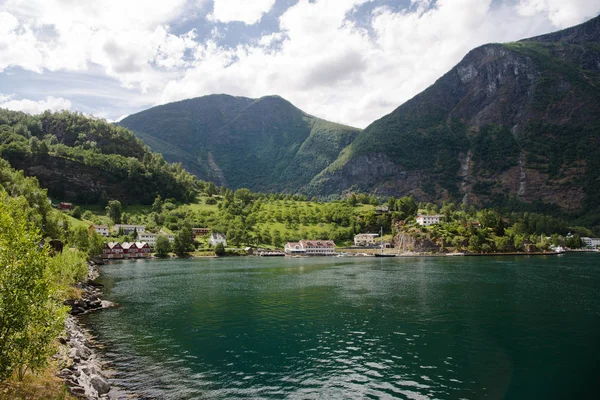
Perched at the very tip of the Lofoten Islands, Å feels like the edge of the world — and in many ways, it is. This tiny village of red wooden houses sits where the land literally runs out, surrounded by towering peaks that seem to rise straight from the Arctic Ocean. The entire settlement looks like it was dropped there by giants, with traditional rorbuer (fishermen’s cabins) now serving as cozy accommodations for visitors who want to experience authentic Lofoten life.
During winter, the northern lights dance overhead while cod fishermen work the same waters their ancestors have fished for over a thousand years.
Bergen
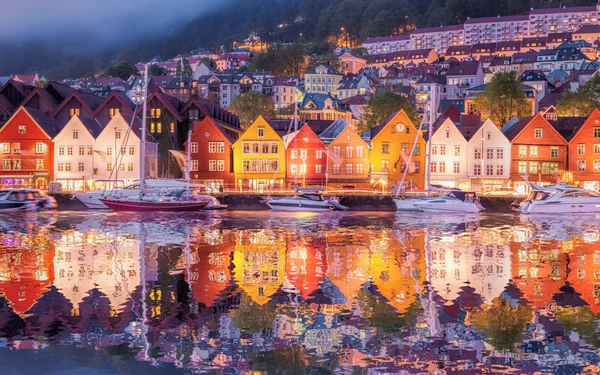
Bergen earned its nickname ‘Gateway to the Fjords’ through centuries of maritime trade, but its heart has always been fishing. The famous Bryggen wharf, with its colorful wooden buildings leaning against each other like old friends sharing secrets, was once the nerve center of Norway’s fish trade with the rest of Europe.
Today’s fish market still buzzes with activity every morning, where vendors sell everything from king crab to Arctic char with the same enthusiasm their predecessors showed centuries ago. The city’s seven mountains create a natural amphitheater around the harbor, making Bergen feel both protected and connected to the wider world.
Like Travel Pug’s content? Follow us on MSN.
Svolvær
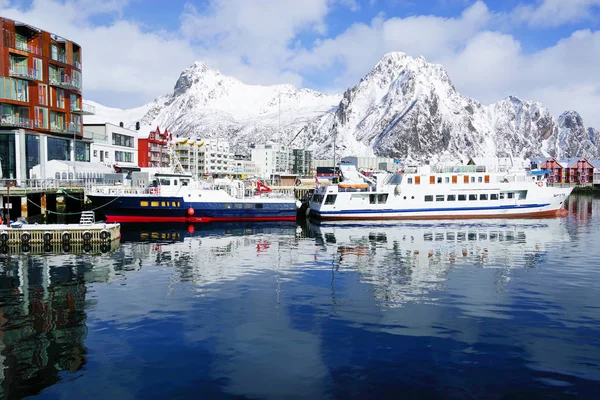
The unofficial capital of the Lofoten Islands, Svolvær transforms from a quiet fishing town into a bustling hub during the winter cod season. The harbor fills with boats from across northern Norway, creating a floating city that appears almost overnight when the Arctic cod migration begins.
Local fishermen have developed techniques passed down through generations for navigating these challenging waters, where sudden storms can turn calm seas into washing machines of foam and fury. The surrounding peaks, including the famous Svolværgeita (Svolvær Goat), create one of the most dramatic backdrops you’ll find anywhere in the fishing world.
Honningsvåg
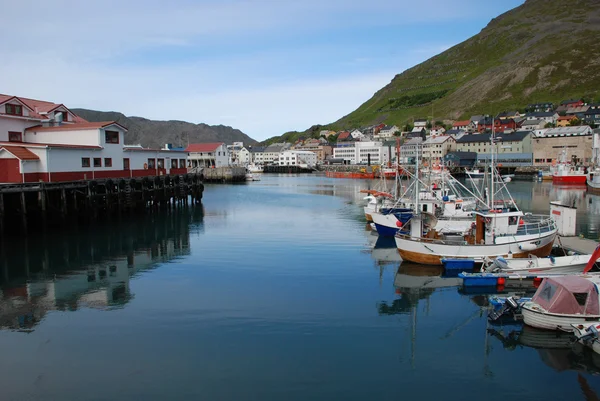
Sitting at 71 degrees north latitude, Honningsvåg holds the distinction of being one of the world’s northernmost fishing ports. The town serves as a gateway to the North Cape, but its real identity lies in its connection to the Barents Sea’s rich fishing grounds.
During the polar night, when the sun doesn’t rise for months, fishing boats navigate by starlight and the glow of the aurora borealis, creating an almost mystical atmosphere around the harbor. The extreme conditions here have forged a particularly tough breed of fishermen who think nothing of heading out in weather that would terrify sailors from warmer climates.
Tromsø
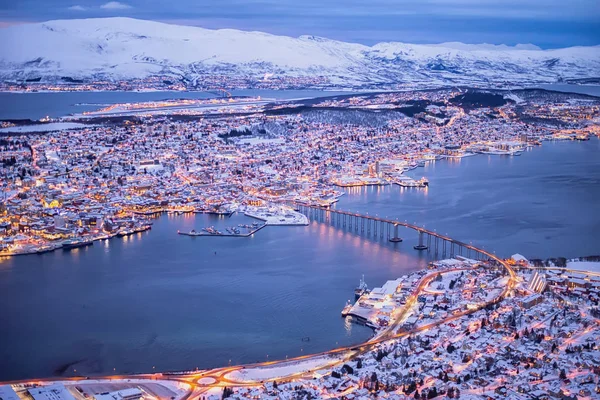
Known as the “Paris of the North,” Tromsø combines urban sophistication with deep fishing traditions. The city’s location above the Arctic Circle makes it a natural base for expeditions into some of Norway’s most productive fishing waters, where the Gulf Stream keeps harbors ice-free year-round.
The contrast between the city’s modern amenities and its ancient fishing heritage creates a unique atmosphere — you might spot reindeer wandering through town while fishing boats unload their catch just a few blocks away. Tromsø’s position also makes it one of the best places in the world to witness the northern lights, which often reflect off the water in the harbor like nature’s own light show.
Like Travel Pug’s content? Follow us on MSN.
Hammerfest
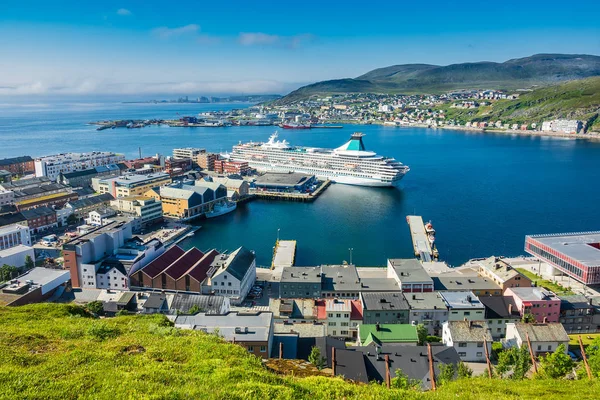
Billing itself as the world’s northernmost town, Hammerfest has survived everything the Arctic can throw at it, from devastating fires to World War II destruction. The town’s fishing fleet ventures into the challenging waters of the Barents Sea, where massive storms and floating ice create conditions that separate the experienced from the foolhardy.
Local fishermen have developed an almost supernatural ability to read weather patterns, often heading to port hours before storms that weather forecasters haven’t even detected yet. The town’s motto could easily be “tough as nails,” and that applies as much to the fishing community as it does to the place itself.
Ålesund
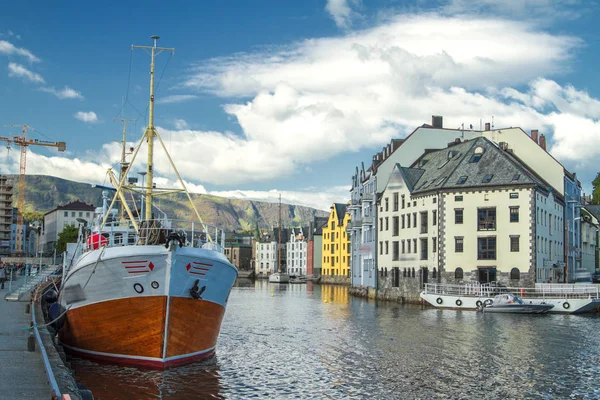
Built on a collection of islands connected by bridges, Ålesund rose from the ashes of a devastating 1904 fire to become one of Norway’s most beautiful fishing ports. The town’s Art Nouveau architecture creates a fairy-tale backdrop for one of the country’s most important fishing fleets, specializing in everything from cod to the prized Norwegian lobster.
The surrounding Sunnmøre Alps provide dramatic scenery that makes even routine fishing trips feel like adventures, with peaks reflecting in calm fjord waters on clear days. Ålesund’s fishermen have access to both deep-sea fishing grounds and sheltered fjord waters, giving them incredible variety in their daily catch.
Bodø
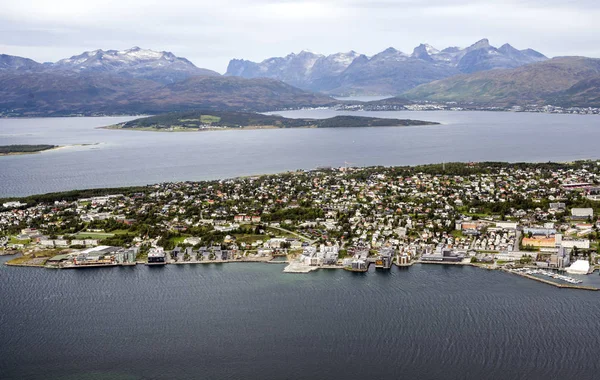
As the largest city in northern Norway, Bodø serves as a major hub for the region’s fishing industry while maintaining strong connections to traditional fishing culture. The powerful Saltstraumen maelstrom just outside the city creates unique fishing conditions – the world’s strongest tidal current stirs up nutrients that attract massive schools of fish.
Local fishermen have learned to time their trips around these incredible tidal forces, which can create whirlpools large enough to swallow small boats. The midnight sun phenomenon during summer months allows for nearly round-the-clock fishing, though most locals still prefer the traditional rhythm of heading out before dawn.
Like Travel Pug’s content? Follow us on MSN.
Leknes
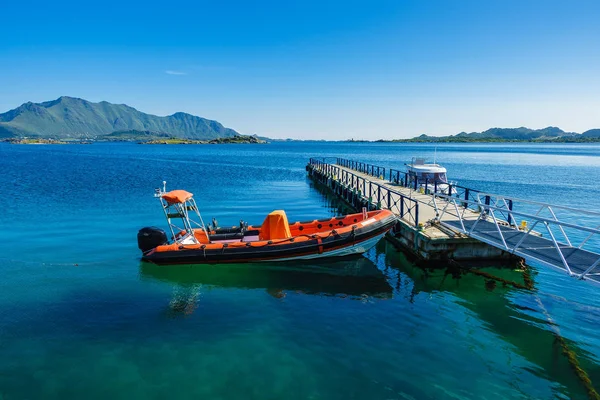
Serving as the commercial center of the Lofoten Islands, Leknes provides essential services for the scattered fishing communities throughout the archipelago. The town sits in one of Lofoten’s few relatively flat areas, surrounded by the dramatic peaks that make this region one of the most photographed places on Earth.
During the winter cod season, Leknes becomes a crucial supply point for fishing operations across the islands, with everything from fuel to fresh provisions flowing through its harbor. The contrast between the rugged mountain landscape and the productive fishing grounds creates an almost surreal environment where beauty and hard work coexist.
Reine
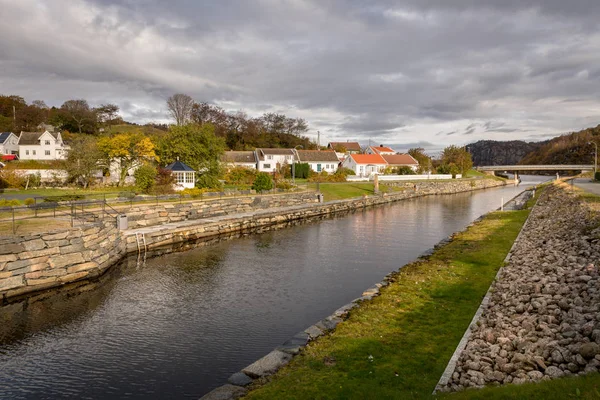
Often called the most beautiful fishing village in Norway, Reine looks like it was designed by someone with an eye for postcards. The village’s red rorbuer reflect perfectly in the calm waters of Reinefjorden, creating mirror images that seem almost too perfect to be real.
Despite its picture-perfect appearance, Reine remains a working fishing village where traditional methods still dominate daily life. The surrounding peaks create natural wind breaks that keep the harbor relatively calm even when storms rage in the open ocean, making it a valuable safe haven for fishing boats throughout the Lofoten chain.
Nusfjord

This incredibly well-preserved fishing village operates more like a living museum than a modern port, offering visitors a glimpse into traditional Lofoten fishing life. The entire village consists of original 19th-century buildings, including rorbuer where fishermen once slept between fishing trips and the general store where they bought supplies.
Everything from the cod-drying racks to the boat houses remains exactly as it was during the height of the Lofoten fishing boom. Walking through Nusfjord feels like stepping back in time, though the village continues to function as a base for small-scale fishing operations using traditional methods.
Like Travel Pug’s content? Follow us on MSN.
Henningsvær
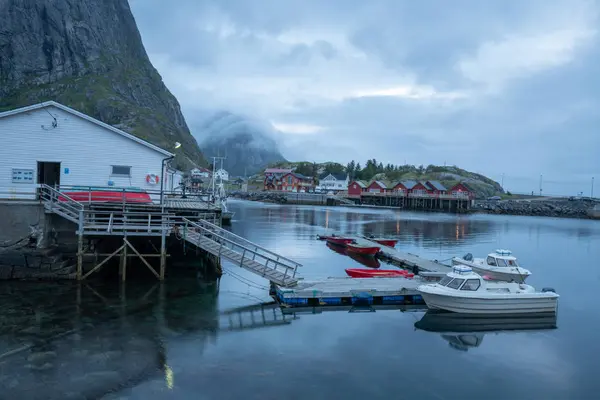
Known as the “Venice of Lofoten” due to its location spread across several small islands, Henningsvær has evolved from a pure fishing village into an artistic community while maintaining its maritime roots. The village’s narrow channels and bridges create a maze-like harbor system that protects boats from the worst Arctic storms while providing easy access to prime fishing grounds.
Local fishermen share the harbor with artists and photographers drawn by the incredible light conditions, creating an unusual but harmonious blend of working boats and creative studios. The famous football field built on a small rocky island has become an internet sensation, but the real magic lies in watching fishing boats navigate the narrow channels at dawn.
Vardø
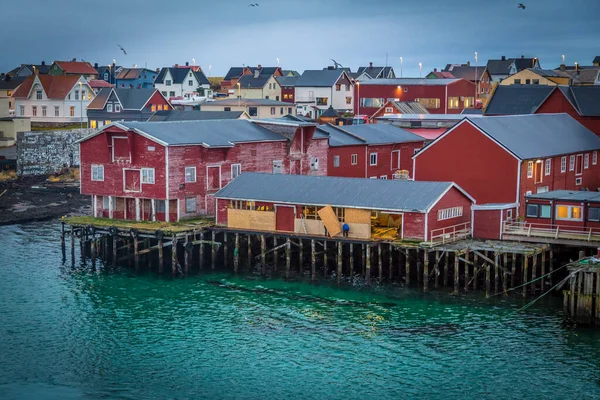
As Norway’s easternmost fishing port, Vardø sits on a small island connected to the mainland by an underwater tunnel, creating a sense of isolation that’s both challenging and appealing. The town’s location near the Russian border gives it access to rich fishing grounds in the Barents Sea, though the extreme weather conditions require exceptional skill and courage from local fishermen.
Vardø’s history includes some dark chapters, including witch trials in the 17th century, but its fishing tradition has remained constant through all the changes. The stark beauty of the surrounding landscape, where tundra meets the Arctic Ocean, creates an atmosphere unlike anywhere else in Norway.
Vágár
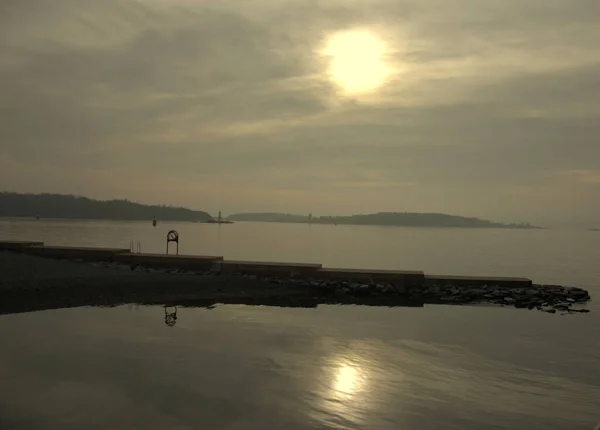
This small fishing village in the Lofoten Islands has maintained its traditional character despite the tourism boom affecting much of the region. The harbor sits in a natural amphitheater of towering peaks, creating one of the most dramatic settings imaginable for a working fishing port.
Local fishermen here specialize in traditional line fishing methods that have changed little over the centuries, focusing on quality over quantity in their catch. The village’s isolation has helped preserve techniques and traditions that have disappeared from larger, more modernized ports.
Like Travel Pug’s content? Follow us on MSN.
Sørvågen

Located at the southwestern tip of the Lofoten Islands, Sørvågen offers access to some of the most productive fishing waters in northern Norway. The village sits beneath towering peaks that seem to rise directly from the sea, creating natural landmarks that fishermen have used for navigation for centuries.
During winter storms, the harbor provides crucial shelter for fishing boats caught in rapidly changing weather conditions common in these northern waters. The combination of traditional fishing methods and stunning natural beauty makes Sørvågen a perfect example of how Norwegian fishing communities have adapted to their dramatic environment.
Kabelvåg
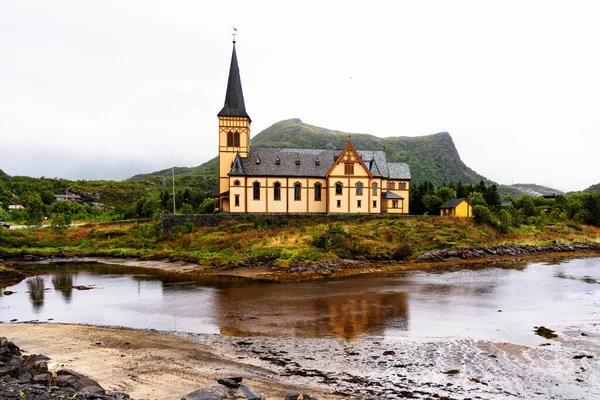
Once the most important fishing center in the Lofoten Islands, Kabelvåg earned the nickname ‘unofficial capital of Lofoten’ during the height of the winter cod fishery. The village contains the Lofoten Museum, which preserves the history of traditional fishing methods and the social structures that developed around the seasonal fishery.
Today’s Kabelvåg maintains strong connections to its fishing heritage while serving as a cultural center for the entire Lofoten archipelago. The historic Vågan Church, built in 1898, was known as the ‘Lofoten Cathedral’ because it could accommodate the thousands of fishermen who arrived each winter.
Ballstad

This working fishing village has successfully balanced modern fishing techniques with traditional values, creating a community that feels both authentic and economically viable. The harbor handles everything from small traditional boats to larger modern vessels, showing how Norwegian fishing has evolved while maintaining its essential character.
Local fishermen here have developed innovative approaches to sustainable fishing that serve as models for other communities throughout Norway. The village’s location provides access to diverse fishing grounds, from shallow coastal waters perfect for smaller species to deep-sea areas where larger fish congregate.
Like Travel Pug’s content? Follow us on MSN.
Stamsund
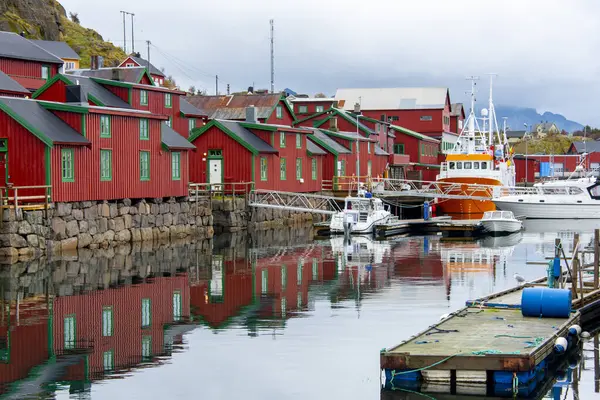
Serving as an important transportation hub for the Lofoten Islands, Stamsund combines its role as a fishing port with ferry connections to the mainland. The village sits in a natural harbor that provides excellent protection from the storms that regularly sweep across the Norwegian Sea.
Local fishing traditions here include specialized techniques for catching Arctic char in the numerous freshwater lakes scattered throughout the surrounding mountains. The combination of saltwater and freshwater fishing opportunities makes Stamsund unique among Norwegian fishing communities, offering a variety that keeps local fishing interesting year-round.
Where Ancient Tides Meet Modern Norway
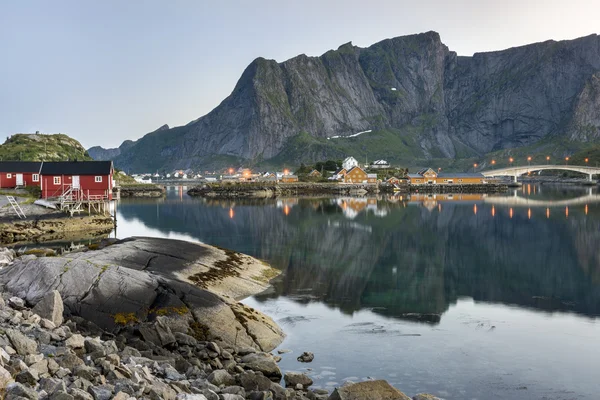
These eighteen ports represent more than just places where boats dock and fish get sold — they’re the backbone of a cultural identity that has shaped Norway for over a millennium. From the Arctic waters around Vardø to the dramatic fjords near Ålesund, each harbor continues traditions that connect modern Norway to its maritime soul.
The fishermen who work these waters today use GPS and modern weather forecasting, but they still read the subtle signs of wind and tide that their great-grandfathers understood instinctively. These ports prove that progress doesn’t have to mean abandoning the past, and that some of life’s most important work happens in the most beautiful places on Earth.
More from Travel Pug

- 20 Best Beach Towns in the Carolinas
- 13 Destinations Where Tourists Regularly Regret Their Trip
- 20 Things You Actually Get in First Class
- 20 Small Airports With Aviation Museums
- 20 Places in the U.S. That Are Perfect for a Reset Trip
Like Travel Pug’s content? Follow us on MSN.
